Founded in 1962, and named ‘Cooperative of the Year’ by Tim Atkin MW in his Rioja Special Report 2019 & 2021, Bodegas Sonsierra is the best-known producer in San Vincente de la Sonsierra, the most awarded wine producing town in Rioja and Spain. With over 1,500 vineyards, ranging from 400–750 metres above sea level, the winery either directly owns or manages over 30% of all vineyards in Rioja Alta’s Sonsierra area.
With over 136 growers, spanning 516 hectares of vineyards, Bodegas Sonsierra is a collaborative effort, with all members very supportive to the management’s forward-thinking, innovative strategies. Blessed with huge vineyard diversity, from altitude and age perspectives; 20 to 130 year old vines, chief winemaker Rafa Usoz, oversees the hand-picking and sorting of all vineyard parcels.
Thanks to the longstanding tradition of vine-growing in Sonsierra, their vineyards are notable for their age and quality. Even the youngest vines are an average of over 20 years old, while around a quarter of their vineyards – 150 hectares – is made up of old-growth vines ranging from 30 to 130 years old. This heritage is key in producing wines of such outstanding quality. Such long-lived vines are better adapted to the area’s geography and climatic conditions and are able to moderate their production levels naturally; they have a smaller yield than younger vines, but their fruit has a deeper, better-defined flavour.
Uniquely, under the new “Viñedos Singulares” (Single Vineyard) classification, Bodegas Sonsierra also boasts nine of these special designation vineyards, which is more than any other Rioja producer. They amplified this in 2020 with the creation of an entirely separate new winery for their Viñedos Singulares wines, an investment permitting winemaking which means the highest possible standards for these limited-supply, revered wines.
The three single vineyard wines that are so far being released have all received 94 points and above from Tim Atkin in his 2021 Rioja Special Report, and two of these were also included in Atkin’s selection of “Wines of the Year”. We expect great acclaim to follow over the course of the next year.
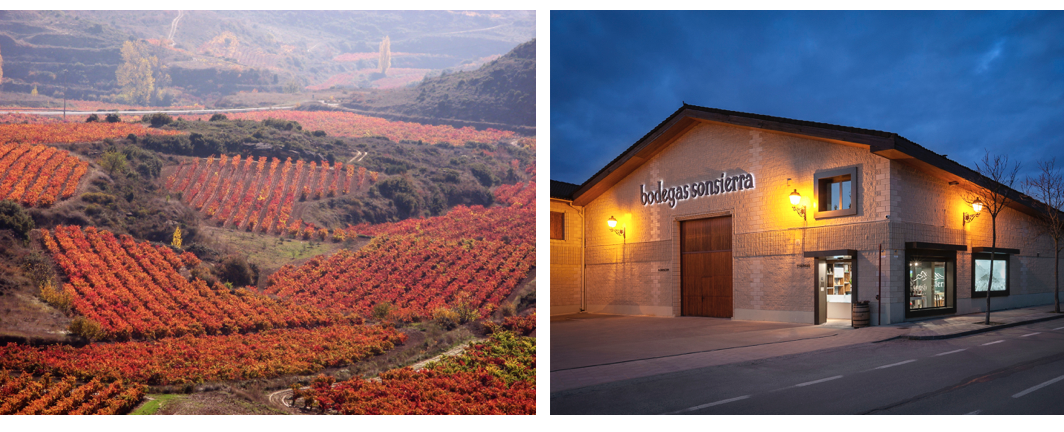
Meet the Winemaker: Rafa Usoz
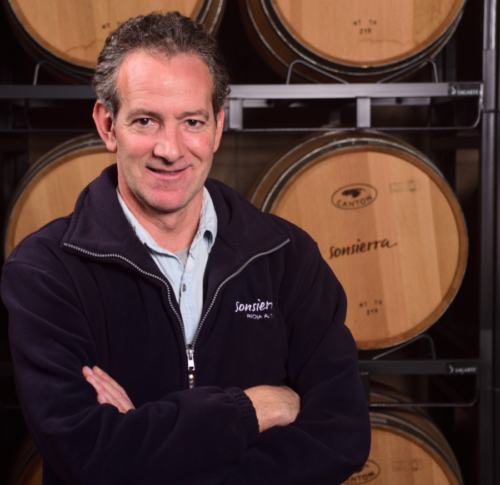
C&C: Bodegas Sonsierra is located in San Vincente de la Sonsierra – what is unique about this location i.e. why have wineries from this area received more awards than from any other area?
Rafa: San Vicente de la Sonsierra is unique for many reasons and the grapes here have the highest value of all of Rioja DOC. For example the soil, which is calcareous clay, is the best soil for balanced grapes. Secondly, the parcels are mostly south-facing, allowing perfect ripening. Additionally, the wind is one of the most important factors here – for 80% of the summer we benefit from northerly winds in the afternoon, refreshing the grapes and preventing diseases.
C&C: Stylistically, what would you say the key differences between Rioja Alta, Rioja Alavesa and Rioja Oriental are?
Rafa: The main differences are between Rioja Oriental and Alavesa-Alta. Essentially the climate is Mediterranean in Rioja Oriental, with higher temperatures, less rainfall (300- 400 l/m2) and the soils are alluvial or clay-based and ferrous. Rioja Alta and Alavesa have fewer differences between them, more rainfall (500 l/m2 year), mild temperatures and mainly calcareous clay soils. I don ́t think there are many differences between Alavesa and Alta.
C&C: Traditionally Rioja has a reputation for producing oaky and rich wines – why have you chosen to produce fresher, more vibrant wines?
Rafa: Rioja has a wide range of wines and wineries, and although here we always want to produce wines that the customers want, it is key to start with quality grapes. All of our red wines are 100% Tempranillo – the Sonsierra region can be called “The Kingdom of Tempranillo”, since it is where this grape expresses its full potential. Personally I am not a fan of oaky wines, as there must be a balance between fruit and oak, and consumers must be able to detect the fruit of the wine without the oak being overbearing.
C&C: White Rioja doesn’t get the attention it deserves, and is so often overlooked in favour of reds. Do you see this changing, and what do you think is key to its future success and appeal?
Rafa: I believe there are great white wines coming out of Rioja and consumers are beginning to notice that. One of the issues we have seen could be that the Viura grape is getting older (our Viura vines are 40 years old). Sonsierra produces a white Rioja from Tempranillo Blanco, which I find to be a very interesting grape.
C&C: You have 1,500 vineyard parcels to manage – what is the average size of vineyard and how do you select which vineyard to use for each wine?
Rafa: We have 516 hectares of vineyards, of which the average size is 0.36 hectares. The Sonsierra region and terrain is varied, and there are creeks that come from the mountain and make the topography very steep. Mostly, we use an infrared camera to check the vigour and production of old vineyards. We use the vineyards that are less than 20 years old for our young wines, those between 20-35 years old for Crianza wines and those more of 35 years for Reservas, Gran Reserva and special wines.
C&C: What do you think the benefits are with the new Viñedos Singulares classification?
Rafa: Well for us of course, it is a great opportunity to enhance and showcase our old vineyards. The new Viñedos Singulares classification guarantees a certain level of quality to consumers, since they are the only wines that must pass a true test of excellence. And I don ́t think there needs to be a competition with other wines. In Sonsierra, for example, we continue to make our top wines (Pagos de la Sonsierra and Perfume de Sonsierra) by blending some old parcels. Viñedos Singulares is a separate entity – it is the expression of a single vineyard with a certain quality assured.
C&C: You have the ability to create nine wines under this ‘Viñedos Singulares’ classification, more than any other producer. Considering the proximity of each vineyard within the Rioja Alta sub-region, what differences can we expect between the wines?
Rafa: Well, each wine is the expression of its vineyard of origin, and that is what I am aiming for when creating each Viñedo Singular. For example, the first three Viñedos Singulares we are releasing (El Manao, Duermealmas and El Rincón de los Galos) are all different. The next will be in the market in 2022 and is a Tempranillo matured in a concrete egg for one year, with exposure to oak. There will be a Garnacha from a vine dating back to 1927 (the only one we have) that should be in the market in 2023. In summary, one of the key things we want to achieve is that each wine expresses different qualities, and more importantly, that when the vintage moves on we expect people to recognise the different wines, because each one has its own personality.
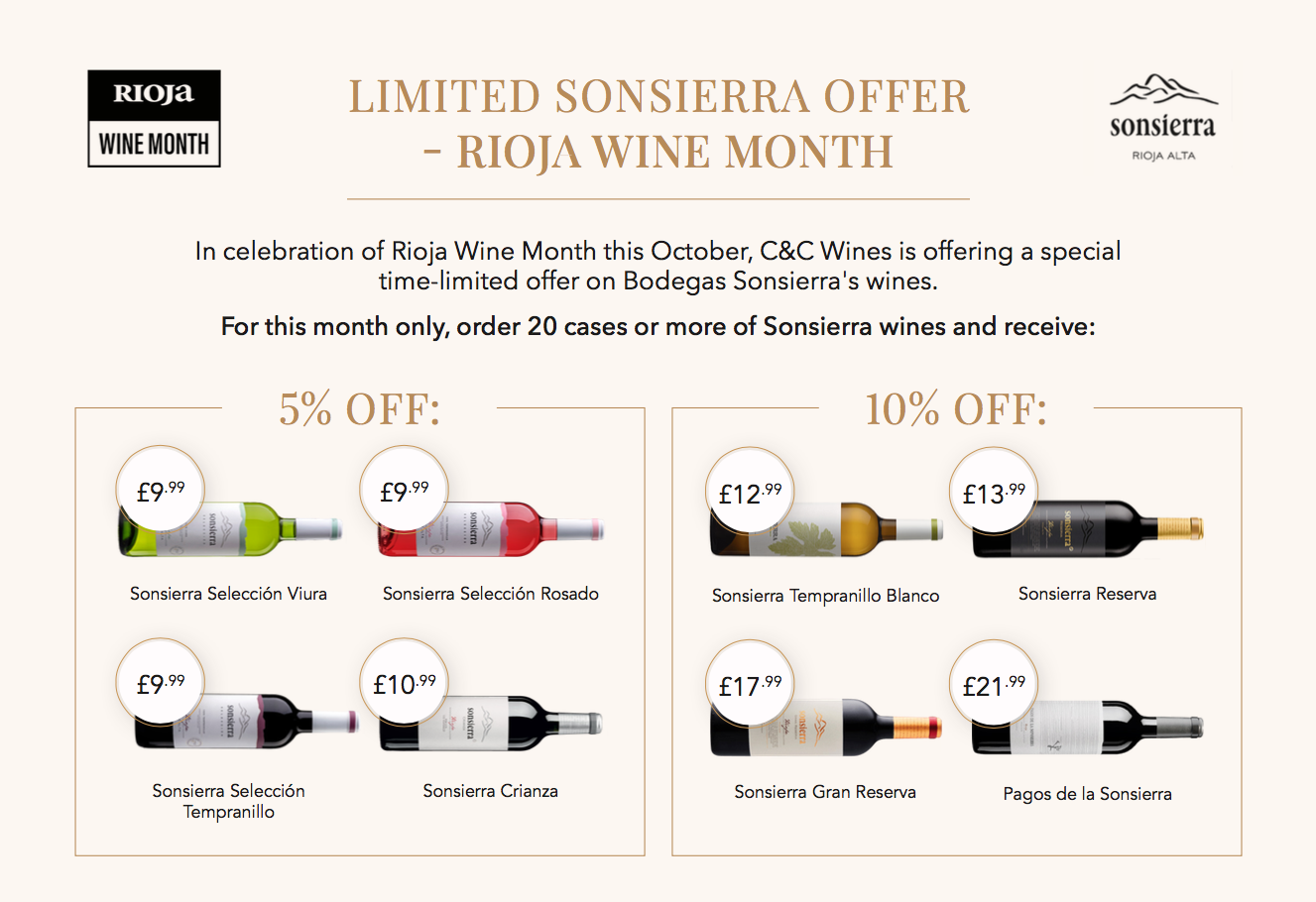



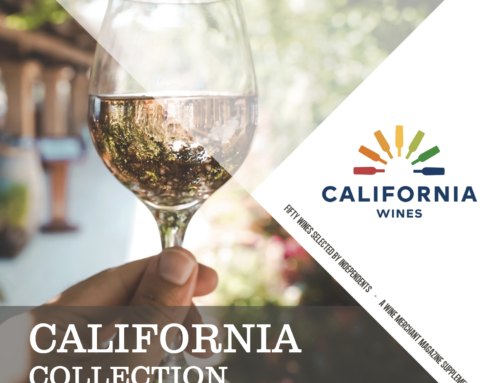
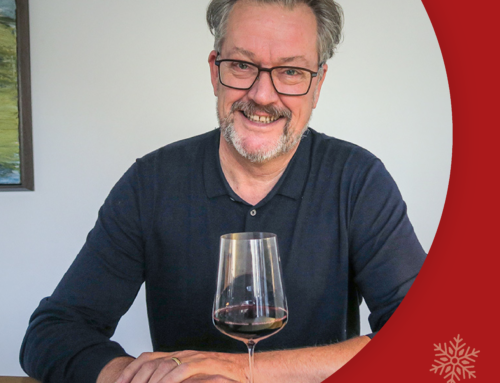
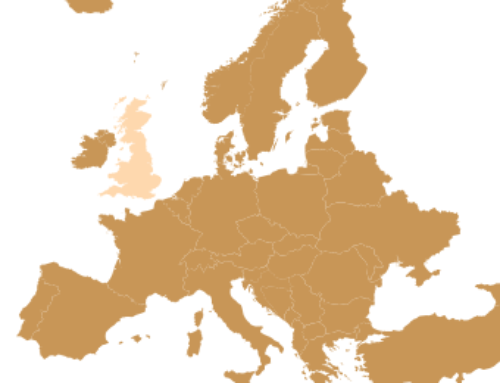
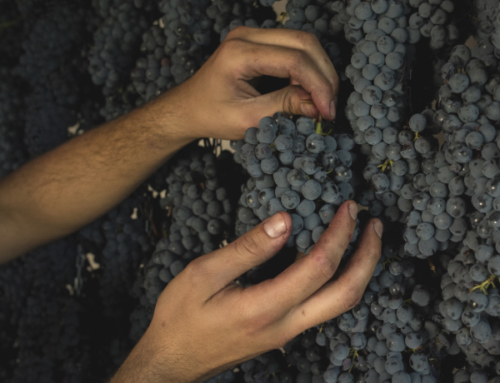
Leave A Comment